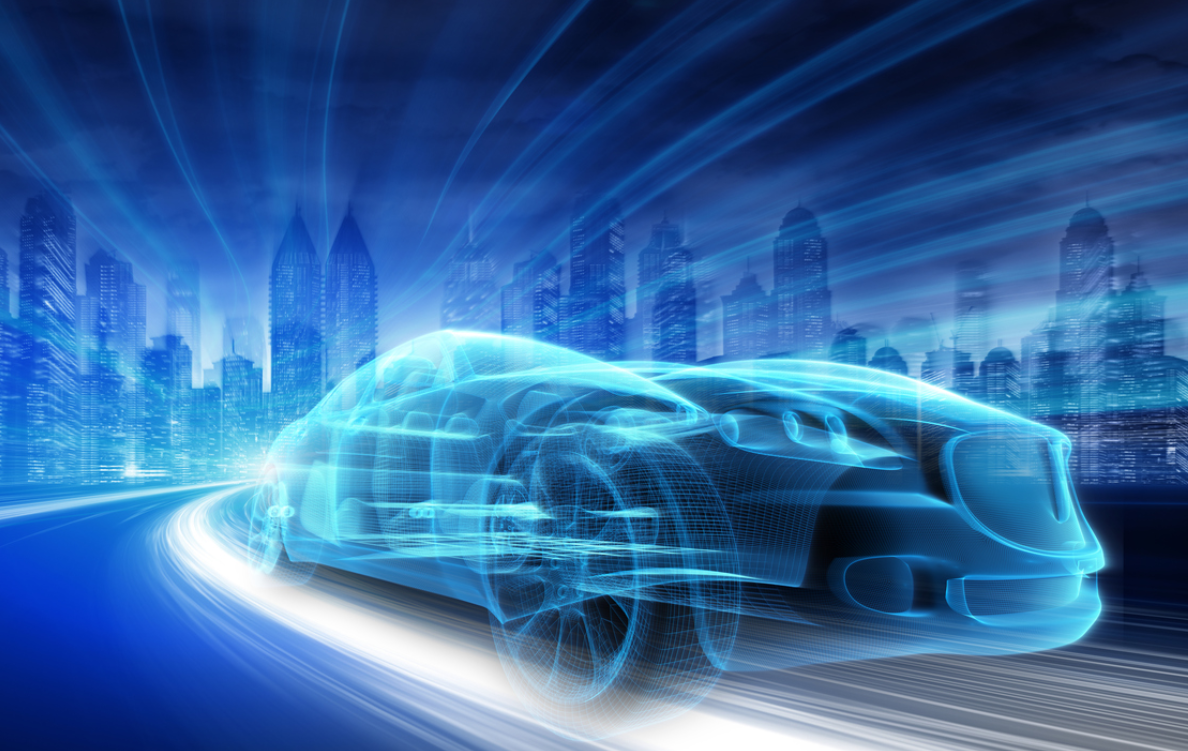Renault-Nissan is first auto manufacturer to commit to platform to build connected cars
Traditional automakers, many of whom ushered in an era of incredible disruption nearly a century ago, now face disruption themselves from four modern forces — connected, autonomous, shared and electric cars. The infrastructure and scale required to build a connected car is incredibly complicated, expensive and resource intensive. At its core, it’s a software challenge, and a chief obstacle for these brands is integrating the complex cloud technology required to deliver next-generation driving experiences.
Today at the Consumer Electronics Show in Las Vegas, we announced the Microsoft Connected Vehicle Platform, a set of services built on the Microsoft Azure cloud and designed to empower auto manufacturers to create custom connected driving experiences. This is not an in-car operating system or a “finished product;” it’s a living, agile platform that starts with the cloud as the foundation and aims to address five core scenarios that our partners have told us are key priorities: predictive maintenance, improved in-car productivity, advanced navigation, customer insights and help building autonomous driving capabilities.
Microsoft’s cloud will do the heavy lifting by ingesting huge volumes of sensor and usage data from connected vehicles, and then helping automakers apply that data in powerful ways.
Available as a public preview later this year, it brings Microsoft’s intelligent services from across the company right into the car, including virtual assistants, business applications, office services and productivity tools like Cortana, Dynamics, Office 365, Power BI and Skype for Business.
Today, the car is more than just a ride between two places — it is a hub of activity for daily life. People are looking to have truly connected experiences in their cars so that they can get more done, save time and make life easier. While safety and security are baseline requirements, our services can help make a person’s work day more efficient. For instance, imagine that Cortana seamlessly connects you whether you’re at home or in your car. Let’s say you’re on your phone at home and tell Cortana to set up a meeting for you and your colleague the next morning at a coffee shop. The next time you get in your car, Cortana reminds you of the morning meeting and starts navigation to get you to that coffee shop.
Check out our video below to hear more about how the platform works and the benefits it offers to automakers and drivers.
Auto manufacturers embrace Microsoft’s technology
Our strength in building a global cloud at scale is the primary reason the Renault-Nissan Alliance chose to work with Microsoft, becoming the first auto manufacturer to commit to the Microsoft Connected Vehicle Platform. Today in Nissan’s CES keynote, the company announced that through our partnership with the Renault-Nissan Alliance, our platform will power next-generation, connected vehicles with advanced navigation, predictive maintenance, remote monitoring of car features and more. Nissan also demonstrated on stage how Cortana can enhance a driver’s experience. In addition, Azure offers the flexibility and choice to build a common platform for Renault-Nissan to deploy services to both Alliance brands by supporting devices and vehicles that run on multiple operating systems, programming languages and tools.
This partnership builds on our recent momentum with other automotive companies, such as our announcement this past week with Volvo to integrate Skype for Business in Volvo’s 90 Series cars, which will enhance productivity and make joining conference calls from the car a cinch. And we’ve partnered with BMW on BMW Connected, the automaker’s personal mobility companion service, to develop a scalable platform based on Microsoft Azure technologies to deliver in-car productivity services through Office 365, as well as intelligent personal assistance for drivers.
Microsoft a partner instead of a competitor
As you may have gathered, Microsoft is not building its own connected car. Instead, we want to help automakers create connected car solutions that fit seamlessly with their brands, address their customers’ unique needs, competitively differentiate their products and generate new and sustainable revenue streams. Our customers have shared that they want to work with a partner that not only offers the right tools, but also allows them to keep their data, has a secure and compliant cloud platform, and operates at a truly global scale (given that most automotive brands operate in more than one country). In fact, 85 percent of Fortune 500 companies already rely on Microsoft’s cloud for these reasons.
Using our platform, automakers and suppliers can benefit from the billions of dollars we’ve already invested in the cloud. Azure offers more than 200 services available in 38 worldwide datacenter regions, with robust measures for security and the global compliance and privacy regulations that are required to support connected cars, letting automakers focus on innovation rather than building out their own cloud-based infrastructure.
Ultimately, Microsoft aspires to empower automakers in their goals for fully autonomous driving, with sophisticated machine learning and artificial intelligence capabilities, as well as advanced mapping services. In fact, just last month we announced that through new and existing relationships with TomTom, HERE and Esri, together we will create more intelligent location-based services across Microsoft.
As a company, it’s our mission to empower all industries and businesses not only to survive disruption, but to seize it as an opportunity. The investments we’re making in the automotive space extend to countless other industries, such as financial services, manufacturing and smart cities. Wherever there’s a “connected signal,” Microsoft wants to be the partner that can help its customers improve people’s lives — on the road, in the cloud and everywhere in between.
Happy New Year and happy driving!
Peggy
For more information about Microsoft’s Connected Vehicle platform strategy, download our white paper and infographic.

